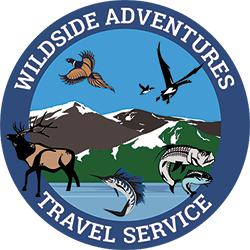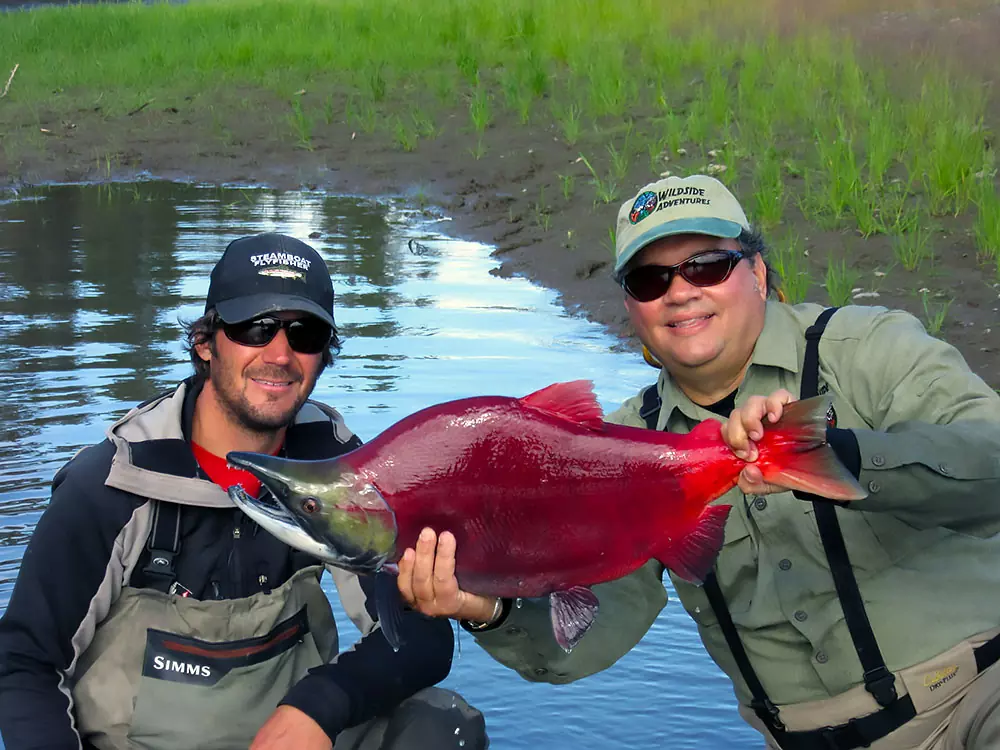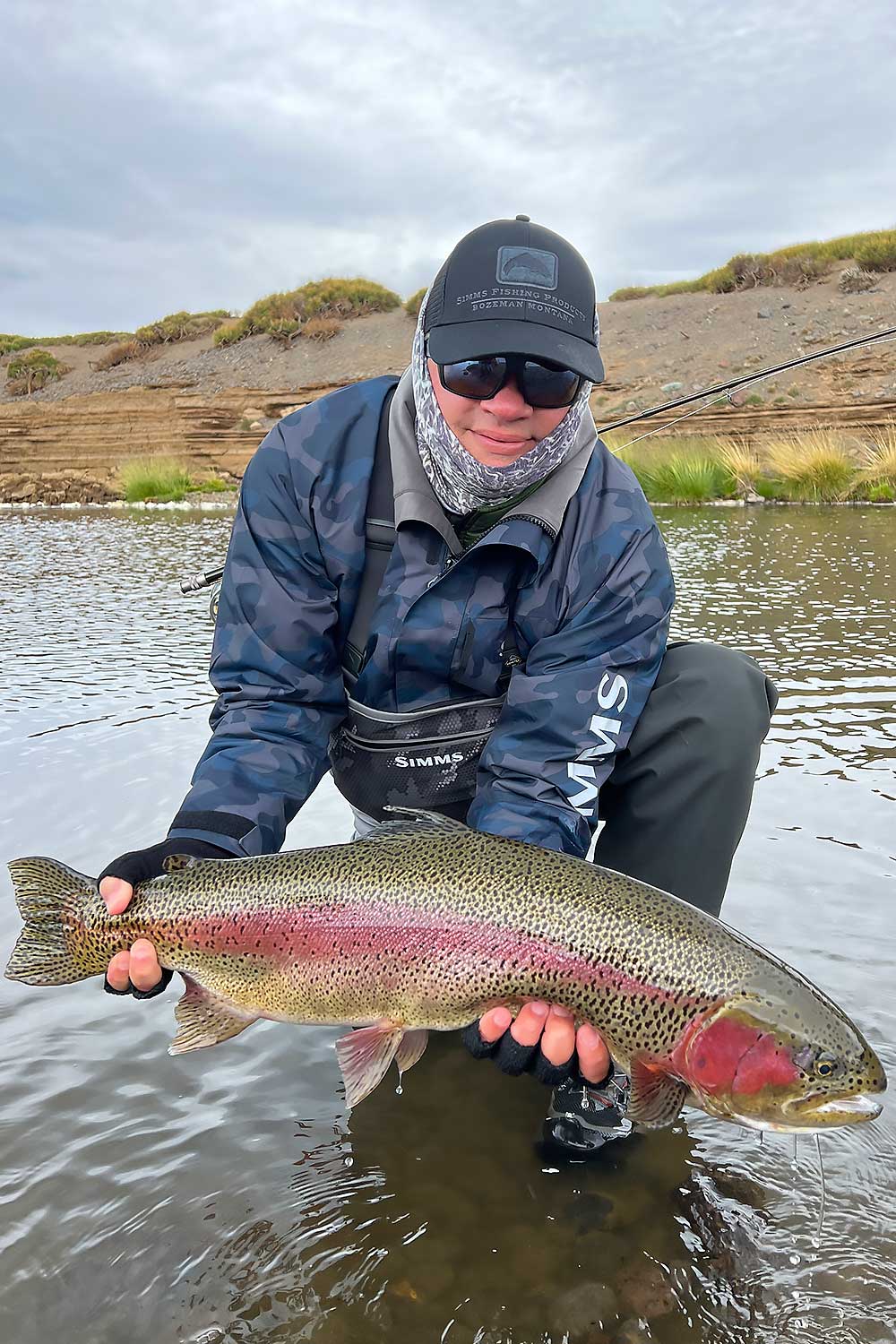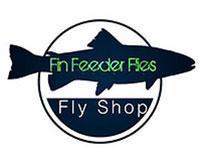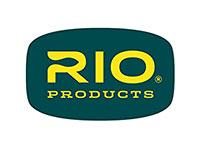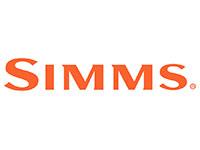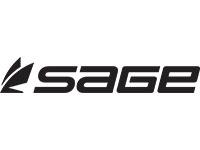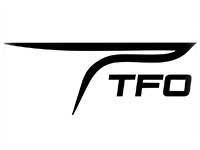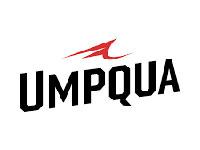With all five species of Pacific salmon native to its waters, Alaska is the undisputed champion of the salmon fishing realm. Chinook, coho, sockeye, pink, and chum salmon are all born in Alaska’s fresh waterways, migrate to the sea where they spend their adult lives getting fat on the abundance of food, and then return to freshwater, sometimes swimming hundreds of miles upriver to the place of their birth to spawn and die. In between, the fish must run the gauntlet of bears, eagles, other predatory wildlife, and commercial and recreational anglers. Through it all, mind-boggling numbers of fish, reaching into the millions, successfully make the round-trip journey to continue the propagation of their species. Here is a short breakdown of the five species of Pacific salmon native to Alaska:
Chinook Salmon
Also called “king” salmon because it is the largest of all the salmon species, Chinook are found across Alaska and are most abundant in coastal areas and larger rivers. Alaska holds both the commercial and sport fishing world records for Chinook.
Coho Salmon
Cohos, also called “silvers,” are highly adaptable and are found abundantly across Alaska, from the coastal regions to the smallest river tributaries. Cohos are highly targeted by both commercial and sport fishermen, with an average weight of around nine pounds.
Chum Salmon
Also called “dog” salmon, chum are more plentiful than silvers and are the most widely distributed of all the Alaskan salmon species. Anglers often overlook chum salmon, focused more on kings and silvers, but they are nonetheless a vital game fish for the tourism industry.
Pink Salmon
Pink salmon, also called “humpback” or “humpies,” are the most plentiful of all the Alaskan salmon species statewide. Pinks have the highest amount of oil in their flesh and weigh 3.5 to 5 pounds.
Sockeye Salmon
Also called “red” salmon, Alaska claims the largest sockeye salmon population on Earth. These fish are widely distributed across the state. Many years see runs in the tens of millions of fish.
Regions of Alaska with the Most Salmon
Alaska salmon fishing trips are the things legends are made of. However, because Alaska is so vast, being larger than California, Texas, and Montana combined, anglers planning Alaska fishing tours always want to know what region of Alaska has the most salmon. While the five species are well distributed throughout the state, the areas with the most significant numbers are the bays and inlets of the southern coastal areas and the lower sections of the larger rivers that feed into the ocean. This is due to the salmon entering the mouths of rivers and dispersing more and more into smaller tributaries the further inland they migrate.
Coastal Regions
Homer
A small city of just under 6,000 people set on Kachemak Bay, Homer is the southernmost city on Alaska’s Kenai Peninsula. Being on the coast, all five species of Pacific salmon are abundant around Homer, with fishing being spectacular from mid-July through early September.
Seward
Sitting on the southeast coast of the Kenai Peninsula, at the head of the tiny inlet of Resurrection Bay, Seward is less than half the size of Homer, with a population of about 2,500. Because the bay is at the Resurrection River’s confluence and several smaller creeks, all five species of Pacific salmon are abundant from July through September.
Kodiak Archipelago
The Kodiak Archipelago is a group of islands sitting approximately 250 miles south of the Alaska mainland in the Gulf of Alaska. Being surrounded by the Pacific Ocean, the island chain offers excellent fishing for all five species of Pacific salmon and is the top destination for planning Alaska salmon fishing trips. One of the best spots in the area to catch salmon is Afognak Island, which sits at the apex of the Kodiak Archipelago, immediately northwest of Kodiak Island. One of the premier sport-fishing destinations in all of Alaska, Hodges Afognak Island Lodge provides luxury fishing trips with both world-class fishing and cozy accommodations on 40 acres in a true wilderness setting. Aside from all five species of salmon, the lodge also provides fishing for trout, rockfish, cod, and Alaska halibut. All-inclusive packages cover transportation from Kodiak, accommodations with meals, fishing tackle, and guides, as well as vacuum packing and freezing your catch for the trip home.
Rivers
Kenai River
Originating high in the Chugach Mountains, the Kenai River is metaphorically divided into upper, middle, and lower sections. All combined, the renowned river snakes through 80 miles of some of the most spectacular scenery on Earth before emptying into Cook Inlet near the town of Kenai. The Kenai River is a premier destination for Alaska fishing trips as it not only offers beautiful scenery but provides some of the best fishing anywhere in the world for all five species of Pacific salmon.
The Kenai also holds claim to both the commercial and all-tackle world record Chinook at 126 and 97 pounds, respectively. However, while the Kenai is indeed a fisherman’s paradise, with the good comes the bad. Because the Kenai is one of the most productive freshwater fisheries in Alaska, at just a two-hour drive from Anchorage, it is also one of the most popular and can be quite crowded during the peak seasons of late June through August. In fact, many of the more accessible stretches of river can get so busy during peak season that it is commonly referred to as “combat” fishing.
Aniak River
The Aniak is one of those exceptional rivers that provide anglers opportunities for up to 11 of the freshwater species found in Alaska, including all five species of Pacific Salmon. Here you will find Chinook, coho, sockeye, pink and chum salmon, plus rainbow and Dolly Varden trout, Arctic char, grayling, northern pike, and sheefish. Peak dates for salmon, depending on the species, is early June to late September.
Setting on the banks of this unique fishing spot is the remote and secluded Aniak River Lodge, which deserves serious consideration when discussing luxury fishing tours in Alaska. While the “lodge” itself is a no-frills WeatherPort tent structure, all 11 of the aforementioned species swim right by the lodge. The Kuskokwim, the Aniak’s source river, claims the largest chum salmon and coho runs along with the second largest Chinook run of all Alaska’s rivers, and all swim by the lodge on their way back upstream to spawn. A stay includes pickup and drop off at Aniak Airport, all meals, and guided fishing on jet boats that offer both experienced and novice anglers a variety of fishing methods along a 10-mile stretch of secluded river.
Knowing what region of Alaska has the most salmon is an important consideration when booking Alaska salmon fishing trips, as knowing this gives you the best chances of success. While some prefer planning their own do-it-yourself adventure, many anglers feel more confident booking Alaska fishing trips to an established and reputable lodge. For assistance booking Alaska fishing tours or luxury fishing tours to other parts of the world, contact Joe Rossi, owner and operator of Wildside Adventures Travel Service. He hosted “Joe’s Wildside Adventures” for 10 years on the Sportsman Channel, FOX and ROOT Sports. Visit Joe’s YouTube channel WildsideJoe to see some of his adventures. You can contact Joe at Wildside Adventures Travel Service, joe@wildsidejoe.com, or call him at 412-352-8703.
